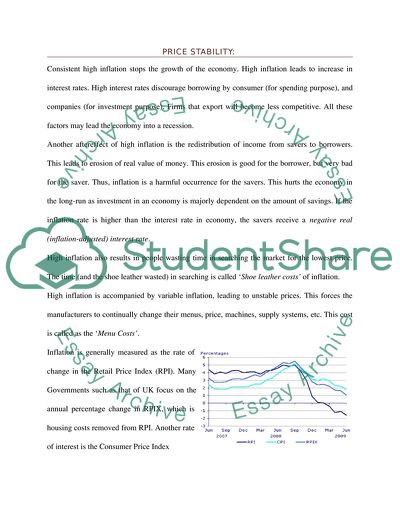Cite this document
(“Discuss in detail the various objectives of macroeconomics policy Essay”, n.d.)
Discuss in detail the various objectives of macroeconomics policy Essay. Retrieved from https://studentshare.org/miscellaneous/1556217-discuss-in-detail-the-various-objectives-of-macroeconomics-policy-explain-the-costs-of-failing-to-achieve-those-objectives
Discuss in detail the various objectives of macroeconomics policy Essay. Retrieved from https://studentshare.org/miscellaneous/1556217-discuss-in-detail-the-various-objectives-of-macroeconomics-policy-explain-the-costs-of-failing-to-achieve-those-objectives
(Discuss in Detail the Various Objectives of Macroeconomics Policy Essay)
Discuss in Detail the Various Objectives of Macroeconomics Policy Essay. https://studentshare.org/miscellaneous/1556217-discuss-in-detail-the-various-objectives-of-macroeconomics-policy-explain-the-costs-of-failing-to-achieve-those-objectives.
Discuss in Detail the Various Objectives of Macroeconomics Policy Essay. https://studentshare.org/miscellaneous/1556217-discuss-in-detail-the-various-objectives-of-macroeconomics-policy-explain-the-costs-of-failing-to-achieve-those-objectives.
“Discuss in Detail the Various Objectives of Macroeconomics Policy Essay”, n.d. https://studentshare.org/miscellaneous/1556217-discuss-in-detail-the-various-objectives-of-macroeconomics-policy-explain-the-costs-of-failing-to-achieve-those-objectives.


